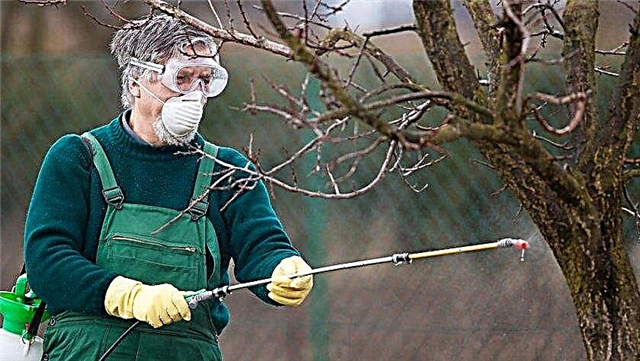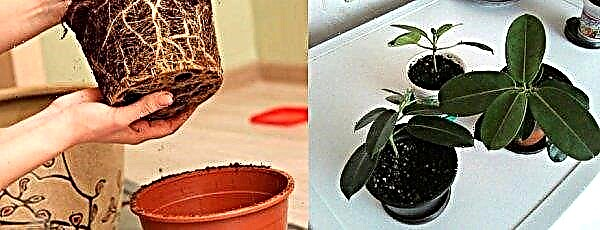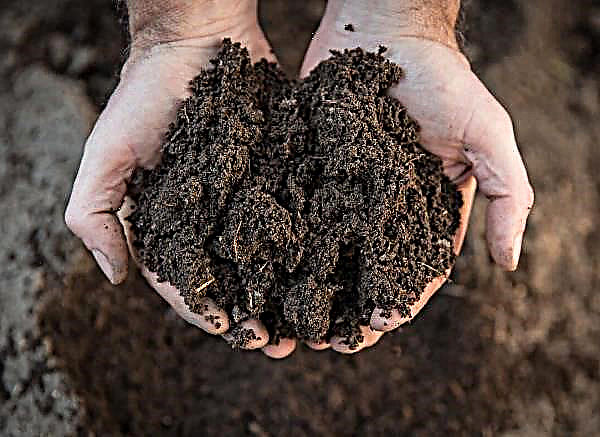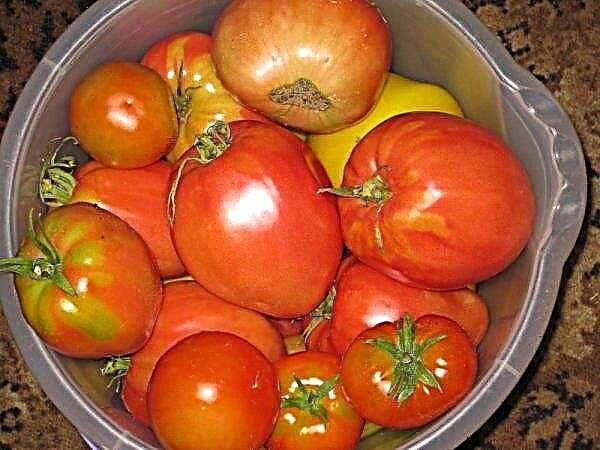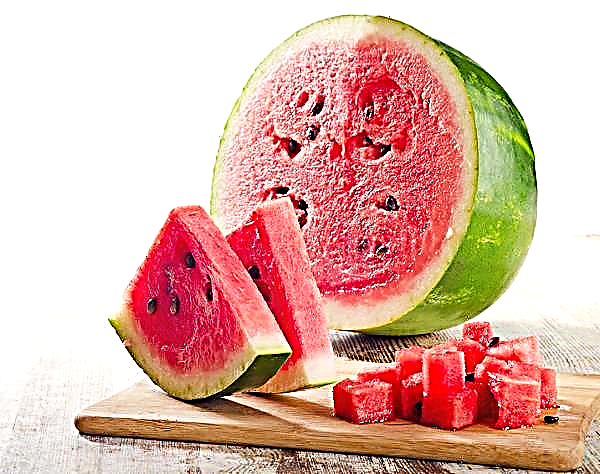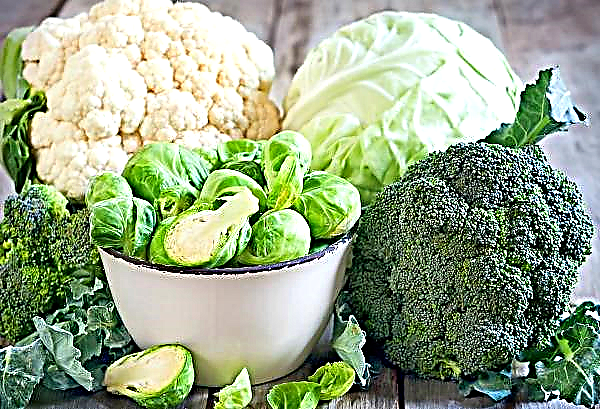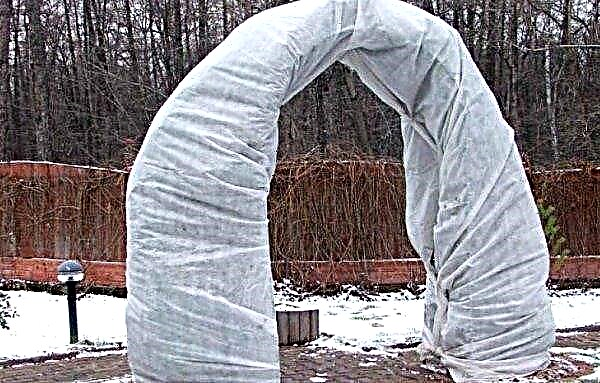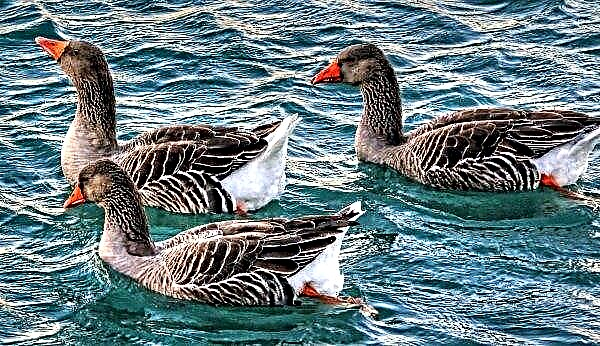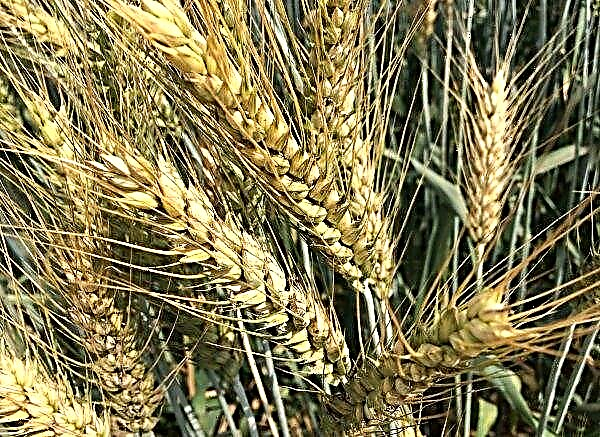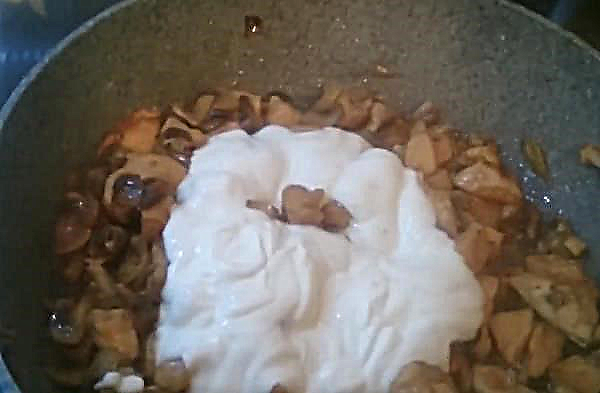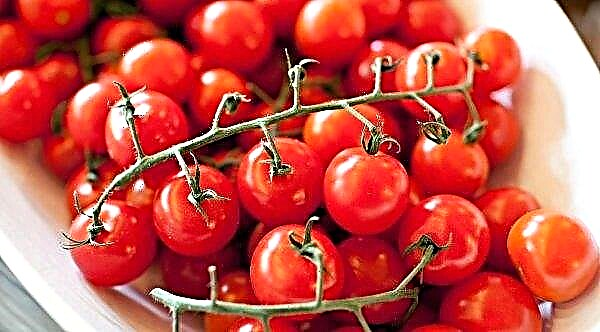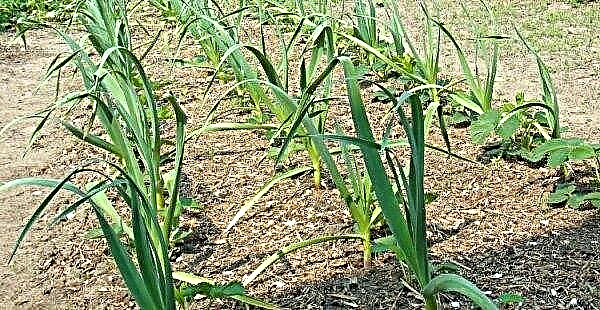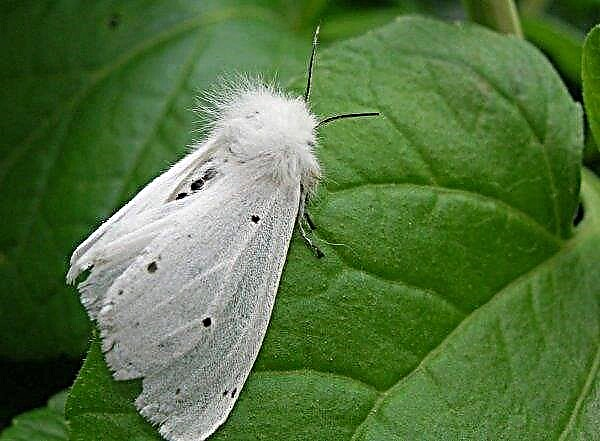Today, the summer cottage is not only decorated with ornamental plants and various architectural elements, but it is also allocated terrain for planting fruit and berry plants, which annually will delight their owners with a generous harvest. If you want to create a fruit plot, you need to understand that the garden requires the preparation of a place, the correct selection of crops, following planting and decoration technologies, as well as proper care.
Choosing a place for horticultural crops
The first step before creating such a site is to find a suitable place for fruit and berry crops. So that the bushes and trees not only have an attractive appearance, but also delight the owners with an annual harvest, it is necessary to choose a locality that would meet the conditions under consideration:
- Terrain relief. The best place for fruit plants are considered plains and hills. Such lands will provide vegetation with maximum sunlight, as well as excellent air circulation.
- Groundwater. The permissible norm of their occurrence level should be at least 0.8 m from the surface of the earth. For a small root system, it is desirable that the groundwater be higher. Berry bushes require well-moistened soil. For fruit trees, they often carry out the procedure of artificially raising the level of groundwater.
- Soil composition. Garden crops must be grown on fertile lands. The best options are chernozem and sierozem. If the soil does not meet the requirements, then it is necessary to introduce various organic fertilizers along with rich soil.
Varieties of fruit plants
Crops of this category are considered perennial. Biologists distribute all fruit plants into the following groups:
- Woody: walnut, cherry, apricot, apple tree.
- Perennial non-lignified: papaya, melon tree.
- Shrub-shaped: cherry, pomegranate, coffee, lime.
- Shrubs: currants, gooseberries, raspberries.
- Perennial herbaceous: strawberries, cranberries, banana, pineapple.
- Liana: grapes, lemongrass.
- Palm trees: date, coconut.

You can also classify these cultures according to biographical and productive characteristics. There are ten main groups:
- Pomegranate: apple tree, mountain ash and pear.
- Stone fruits: apricot, cherry plum, cherry, plum, peach.
- Berry: sea-buckthorn, honeysuckle, blackberry, gooseberry, currant, raspberry.
- Hazelnut: pistachio, almonds, cedar pine, chestnut.
- Oilseeds: olive, coconut palm.
- Tonic and spicy: coffee, tea, Chinese magnolia vine, star anise, nutmeg.
- Citrus: lemon, orange, grapefruit, mandarin.
- Subtropical: persimmon, figs, pomegranate.
- Tropical: mango, avocado, banana, pineapple.
- Grape: grapes.

Trees
It is hard to imagine a fruit garden without fruit stands. The leading role among such trees is played by the apple tree. Also an honorable place among gardeners is occupied by pears, cherries and plums.
Fruit crops are often planted zonally, taking into account the soil characteristics of the area. For example, in the Central Black Earth region they prefer to grow such trees:
- apricot;
- cherries;
- cherry plum;
- nut;
- mulberry.

Today, the favorites of many gardeners are considered an apple tree, pear, plum, peach, cherry and apricot. Quite often, a summer cottage is decorated with decorative fruit trees. These include Nedzvetsky's apple tree, widespread plum and Kiku Shidare cherry.
Shrubs
Fruit artisanal cultures are characterized by decorativeness during flowering and fruiting. In addition, during the harvest season, plants will delight hosts with tasty and healthy fruits.
The most popular representatives of this class of crops, which can be found in almost every summer cottage area, are raspberries, currants and gooseberries. Increasingly, in the gardens you can find sea buckthorn, honeysuckle, blackberry, chokeberry, quail and grapes.Did you know? In the fourteenth century, form gardens were very popular in many European countries. Apple trees were then grown in the form of flat palmettes or trellises near buildings, along the hedge and along paths.

Planting artisanal plants has many advantages:
- the first crop can be harvested 2-3 years after planting, while fruit trees will bear fruit in 5-7 years;
- less labor intensive in agricultural technology.
Features of planting and decoration of the orchard
Before planting, the gardener must make a list of fruit plants that he wants to plant, as well as study the features, requirements of each crop and their relevance to the area. The list of necessary actions includes preparing the land - digging it and fertilizing it.
For garden planning, various factors must be considered:
- location of all buildings;
- placement of various types of ornamental plants;
- plan of planting fruit plantations;
- a place for small architectural forms and various elements of landscape design;
- tracks.
 It is recommended to draw up a plan of planting crops taking into account their botanical characteristics, as well as make outlines for group plantings and single bushes and trees. The best solution is to plant garden crops along alleys, in the form of group and single plantings or hedges. Paths and paths are An excellent method for dividing a summer cottage into zones.
It is recommended to draw up a plan of planting crops taking into account their botanical characteristics, as well as make outlines for group plantings and single bushes and trees. The best solution is to plant garden crops along alleys, in the form of group and single plantings or hedges. Paths and paths are An excellent method for dividing a summer cottage into zones.

For semi-dwarf species, it is necessary to increase the space by 1 m. Large plants, for example, apple trees, apricots or plums, require more free space. Therefore, the distance between such trees should be at least 4 m, and the inter-row spacing should be 5 m.
A single dimensional tree is usually used as the central part of the composition in the landscape design of the garden. Such a culture is able to highlight the unusual relief of the site, which can be decorated with stones and other architectural elements.Important! Handicraft plants are often used to create a hedge that not only decorates fences, but also allows you to hide the site from prying eyes.
Video: How to unusually place a fruit garden
Dressing
The design of the garden site also implies its decoration with various purchased or home-made crafts and architectural elements. Many gardeners decorate the area under consideration with wall paintings, figures of animals and birds. Flower beds of unusual shapes or alpine hills, located in the shade of large fruit stands, look very beautiful.
Important! Despite the fact that fantasy is encouraged to decorate the garden, landscape designers recommend the use of various decorative elements so that they correspond to a single style. For example, a bench under an apple tree, a crane at a well, figures from tires near a cherry or in flower beds.
The garden is not only a place for harvesting, but also the decoration of a summer cottage. So that there are no voids between the trees, these places are planted with berry bushes and flowers. It is not necessary to spend a lot of money for decorating the area, because you can use various home-made crafts, old things that fit into the overall design.

How to care for fruit trees and shrubs
Agrotechnical actions - this is an integral process in the maintenance of the garden. Caring for such a site includes the following procedures:
- fertilizer;
- watering;
- crop processing and protection;
- a haircut;
- the introduction of mulch;
- cleaning the territory.
Pruning and shaping shrubs is very important for the garden: this is a way to get rid of unnecessary and diseased branches, to combat various misfortunes. So that the bush has an attractive shape, many owners order the services of specialists. Caring for a garden plot involves performing agricultural activities throughout the year.Did you know? In 2016, in the city of Frolovo, Volgograd Region, a project was launched to renew the Fenin orchard, which was broken back in the 19th century. He saved many lives in the post-war famine. More than 200 thousand rubles have been allocated for the implementation of this project.

Seasonal work can be described as follows:
- Winter. During this period, it is necessary to carry out the loosening of snow trees after wet winter precipitation, as well as shaking off heavy snow masses from the branches of fruit trees. Elimination of freezing of plant roots during winters with little snow: use of peat, straw, spruce branches or snow to warm the underground organ of culture.
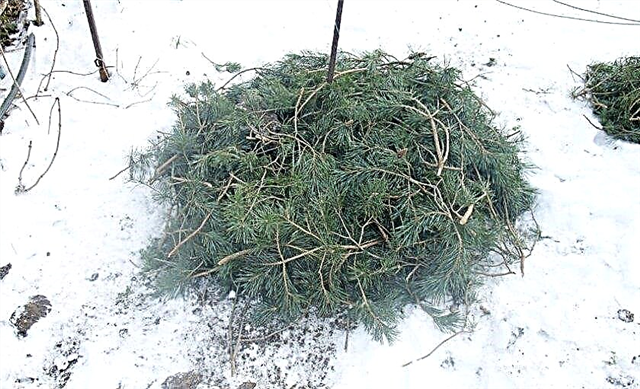
- Spring. Events of this season include moistening the soil using snow retention or watering methods, trampling snow as a way to protect against rodents, dismantling winter shelters after freezing, cleaning the area from garbage, and preparing organic fertilizers. To the list of obligatory spring procedures should be added a haircut of fruit and berry crops until the buds swell, scrubbing trunks of rot, ulcers and dead wood, as well as treating plants with pesticide solutions and chemical preparations from pests and diseases. At this time of the year, it is recommended to compact the soil of the near-stem circle of plants, loosen the soil at a depth of 5 cm, apply mulch, weed, check drainage, plant new plantings and irrigate if necessary.

- Summer. During this period, annual plants are planted, the lawn is taken care of, trees and bushes are examined for the presence of diseases and pests with further medical treatment with chemical preparations. In summer, fertilizers must also be applied to rid the crop of vitamin deficiency, to loosen and mulch the soil, remove weeds, and carry out a shaping haircut.
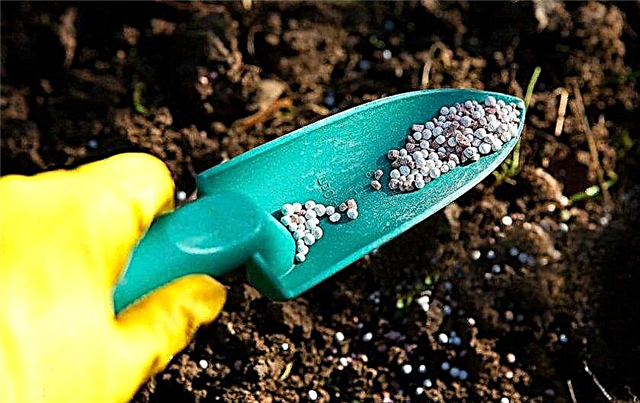
- Fall. This season, harvesting and preparation of the garden for wintering takes place. The main actions are the introduction of autumn complex fertilizers, planting and transplanting of perennial plants, loosening the soil, introducing organic matter, compost into the ground. It is recommended that molding and sanitary cutting of bushes and trees, and cleaning of the territory from fallen leaves. At this time, it is necessary to monitor the health of the garden and, if necessary, carry out the treatment of crops with chemicals and dispose of diseased branches, fallen leaves and stained fruits. With the onset of constant frost, it is recommended to build a winter shelter for decorative bushes and vines.
